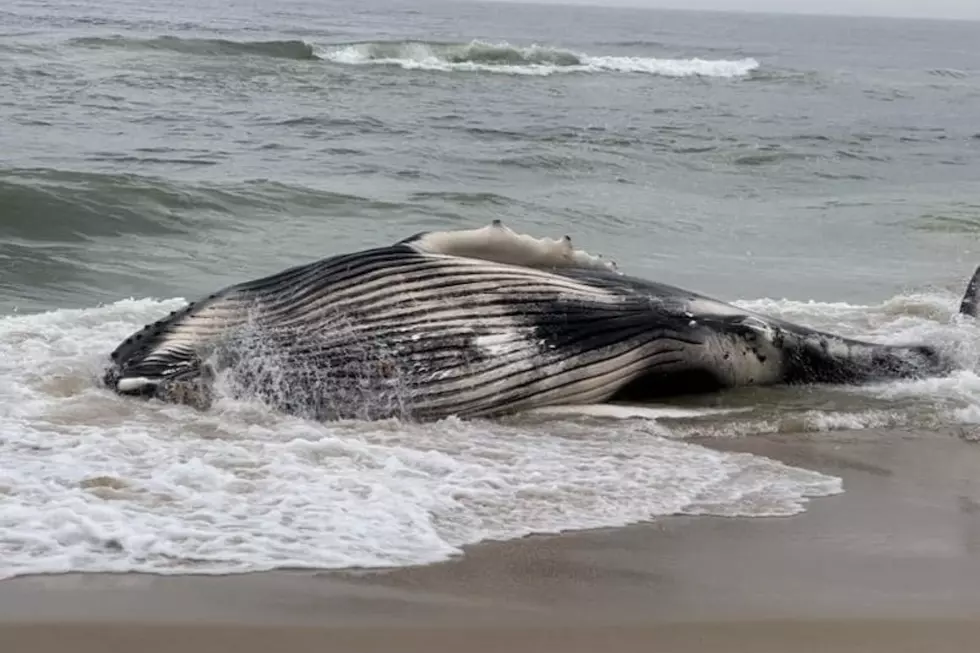
The Hindenburg Disaster Took Place On This Day in NJ History
On May 6th, 1937, the German airship Hindenburg burst into flames at Lakehurst Naval Air Station, killing 36 people. According to History.com, it was the largest dirigible ever built. It was filled with hydrogen which exploded for unknown reasons.
That the hydrogen was ignited by a static spark is the most commonly accepted theory, but no definitive reason has ever been determined; sabotage, incendiary paint, lightning, and engine failure have also been suggested as possible causes. The ship was attempting to moor at Lakehurst when it went up in flames, falling 200 feet, killing 13 passengers, 22 crew members, and one member of the ground crew. Most of the survivors endured serious injuries.
At the time, the 800 foot Hindenburg offered the height of luxury travel, traveling from Europe to North America in half the time of the fastest ocean liners, according to Airships.net. It had an elegant dining room, luxurious sleeper cabins, and, maybe surprisingly, a smoking room. Commercial zeppelins had been in use for about 30 years, ferrying over 2,000 passengers safely, but the era of the airship effectively came to an end at Lakehurst.
One of the reasons this disaster is so memorable is because video of the fire exists and a newsman’s audio recording also exists; the famous line “oh, the humanity!” was broadcast coast to coast the next day. By the end of World War II, there were no rigid airships left.
More From WPG Talk Radio 95.5 FM










